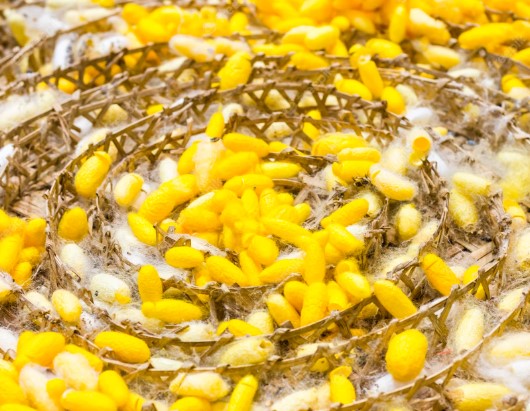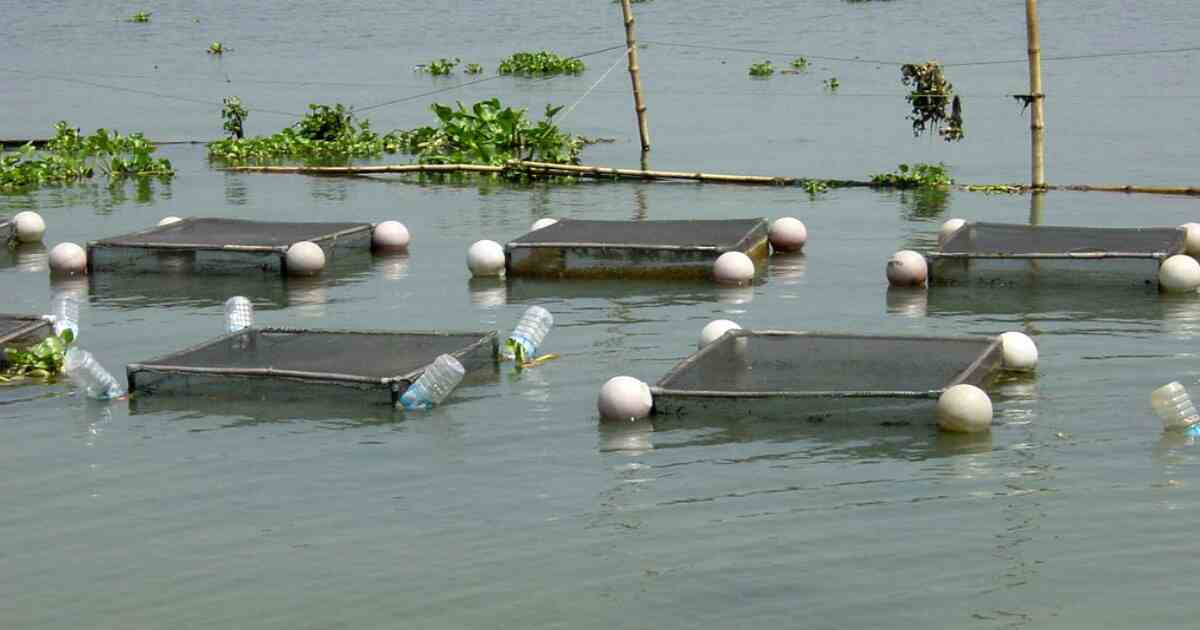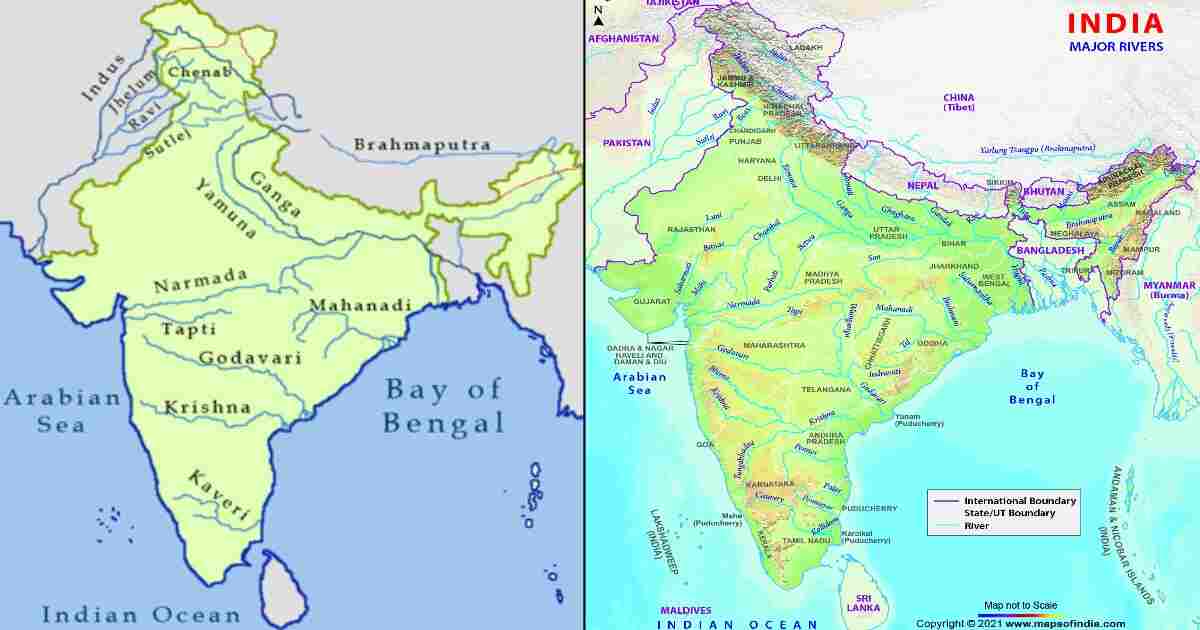Fisheries of Ganga River: The Ganga River, also known as the Ganges, holds a special place in the hearts of millions of people in India. It is a trans boundary river of Asia which flows through the nations of India and Bangladesh. The 2,525 km (1,569 mi) river rises in the western Himalayas in the Indian state of Uttarakhand, and flows south and east through the Gangetic Plain of North India into Bangladesh, where it empties into the Bay of Bengal. Apart from its spiritual significance, the Ganga River is home to a diverse range of fisheries that support both local livelihoods and the economy. In this article, we will explore the unique fisheries of the Ganga River, the fishing techniques employed, the challenges they face, and the conservation efforts being undertaken to protect this valuable resource. the brief introduction are as follows.
- Length: 8047 km
- Origin: Gangotri in Himalayas
- States Covered: U.P., Bihar,
- Rajasthan, M.P. & West Bengal & Joins finally in Bay of Bengal
- Tributaries: Yamuna, Ram ganga, Gomti, Gharhra, Gandak, Kosi, Chambal, Betwa, & Ken furhter it has numerous lakes, ponds, & Jheels.
- Total Catchment Area: 9.71 lakh sq. km
- Annual Rainfall: 25-77 inches
Significance of the Ganga River
The Ganga River is considered one of the holiest rivers in India, revered by Hindus for its purifying properties. It is believed that bathing in the Ganga River can cleanse one’s sins and provide spiritual salvation. Beyond its religious importance, the Ganga River serves as a vital source of water for agriculture, domestic use, and industrial activities. Its fertile banks support a wide range of flora and fauna, including a rich diversity of fish species.
Rich Diversity of Fishes in Ganga River
It has a wide variety of fish species, including near about 250 species have been recorded. Some of the most common and commercially important fish species include:
Major Carps: Labeo rohita, Labeo calbasu, Catla catla, Cirrhinus mrigala etc.
Catfishes: Wallago attu, Mystus sps, Clarias batrachus, Heteropnusteus fossilis etc.
Live fishes : Channa sps, Mastacembelus armatus, Anguillia bengelnesis etc.
Perches: Tilipia mossambica, Anabus testidunes, lates calcarifer etc.
Eels: Anguillia, Mastacembelus armatus etc.
Herrings: Setipina phasa
Featherbacks: Notopterus notopterus, N. Chitala
Mullets: Mugil cephalus, M. corsula
Clupides: Hilsa hilsa
Miscellaneous: Labeo fimbriatus, L. bata, Cirrhinus reba etc.
Others: Pangasius pangasius, Silonida silonida, Gudusia chapra, G. godanahiai, Bagasius bagasius, Eutropichthyes vaca etc.
Prawns: Macrobrachium malcolmsonii, Palaemon lamarii
Fishing Techniques in the Ganga River
The fisheries in the Ganga River employ a range of fishing techniques, combining traditional practices with
modern methods. Let’s explore some of these techniques:
1. Traditional Fishing Methods
Traditional fishing methods, such as cast netting, gill netting, and bamboo traps, have been practiced for
generations in the Ganga River. These methods are often used by local communities for subsistence fishing and are well-suited to the river’s unique conditions.

2. Modern Fishing Techniques
In recent years, modern fishing techniques, such as mechanized boats, trawlers, and fish cages, have gained
popularity in the Ganga River. These techniques allow for larger catches and increased efficiency. However, their indiscriminate use can also pose challenges to sustainable fisheries management.
Threats to the Ganges River fisheries
The Ganges River fisheries face a number of threats, including:
Overfishing: The Ganges River is one of the most heavily fished rivers in the world. This has led to the decline of many fish populations, including some commercially important species.
Habitat degradation: The construction of dams and other water infrastructure projects has disrupted fish migration patterns and reduced spawning and nursery grounds. Habitat degradation is also caused by pollution and the introduction of invasive species.
Pollution: The Ganges River is one of the most polluted rivers in the world. This pollution can harm fish and other aquatic life.
Climate change: Climate change is expected to have a negative impact on the Ganges River fisheries. Rising water temperatures and changes in rainfall patterns could lead to the decline of many fish species.
Conservation Efforts and Initiatives
The Indian government is working to conserve the Ganges River fisheries and protect the river’s aquatic life. Some of the measures being taken include:
Stock assessment and monitoring: The government is conducting regular stock assessments to monitor the populations of key fish species. This information is used to develop sustainable fishing practices.
Habitat restoration: The government is working to restore degraded habitats, such as spawning and nursery grounds. This is being done through a variety of measures, including afforestation, wetland restoration, and the removal of invasive species.
Pollution control: The government is working to reduce pollution in the Ganges River. This is being done through a variety of measures, including wastewater treatment and industrial pollution control.
Climate change adaptation: The government is developing climate change adaptation plans to help the Ganges River fisheries cope with the impacts of climate change. These plans include measures to reduce the vulnerability of fishing communities and to improve the resilience of aquatic ecosystems.
The conservation of the Ganges River fisheries is essential for the livelihoods of millions of people and for the health of the river and its ecosystems. The Indian government is working to address the threats to the fisheries, but more needs to be done to ensure their long-term sustainability.
Economic Importance of Ganga River Fisheries
The fisheries of the Ganga River hold significant economic value:
1. Livelihoods and Employment
Fishing in the Ganga River provides livelihoods for numerous communities residing along its banks. It offers
employment opportunities for fishermen, fish traders, and those involved in fish processing and marketing.
2. Fish Trade and Export
The Ganga River fisheries contribute to the local and regional fish trade. Freshwater fish caught in the river are supplied to local markets, restaurants, and exported to other regions, generating income and supporting the economy.
Conclusion
The Ganga River fisheries play a vital role in the local economy, providing livelihood for millions of people. However, the fisheries face a number of challenges, including overfishing, habitat degradation, pollution, and climate change. The Indian government is working to address these challenges through a variety of measures, including stock assessment and monitoring, habitat restoration, pollution control, and climate change adaptation.






